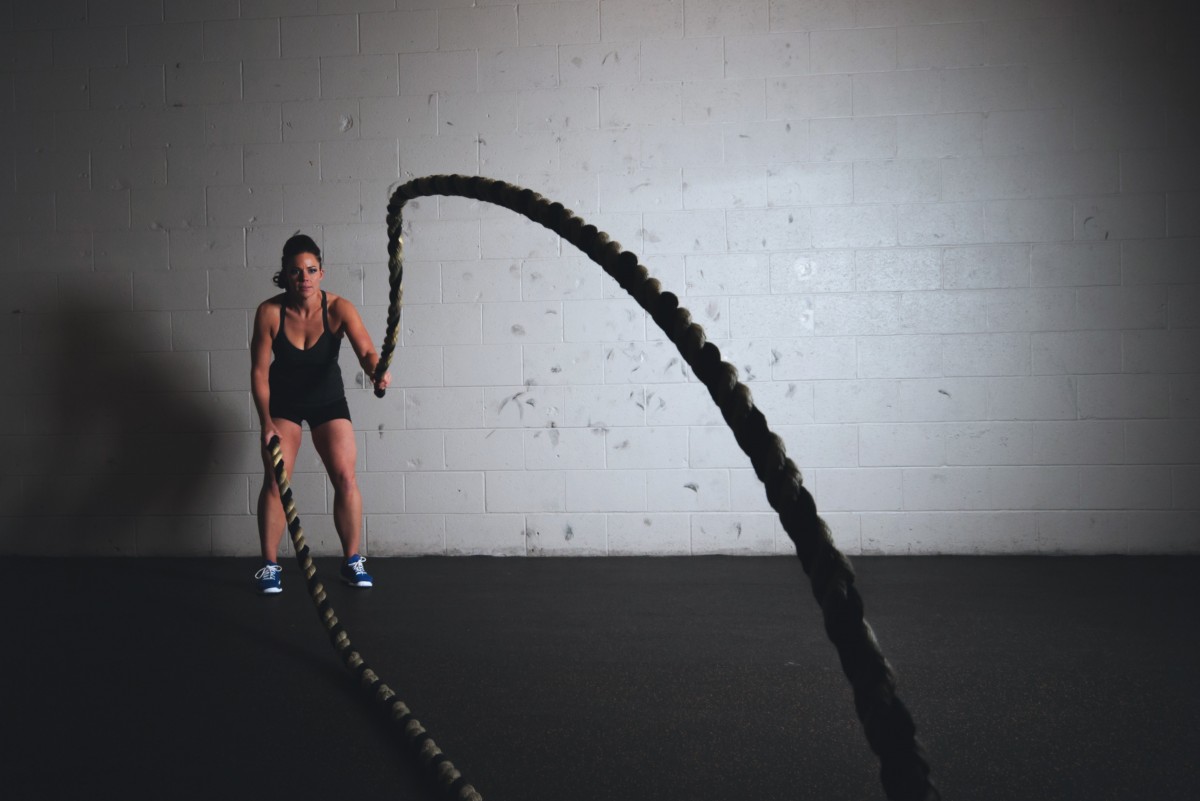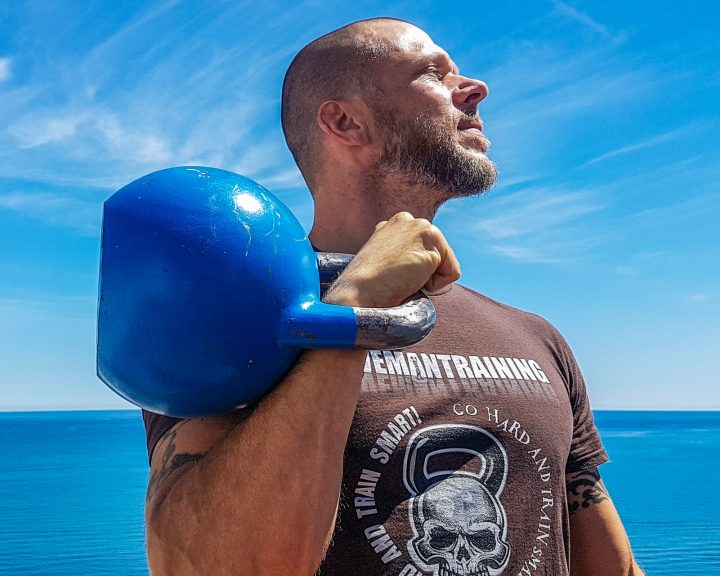Our understanding of the role of core training is in transition currently. It’s gone from being the holy grail of training (i.e. essential to performance and injury prevention) to having its significance and effectiveness debated. Another wrinkle in this debate is provided in the February issue of the Journal of Strength and Conditioning Research by Shinkle et al.
The authors of this study point out that static core tests (i.e. hold this position for a period of time) are not specific to the dynamic nature of athletics. In their study, the authors attempted to develop more functional tests of the core and see how these related to actual athletic performance.
The authors studied 25 Division I American football players. The athletes were tested on their squat, bench press, vertical jump, 40 yard sprint, the proagiltiy, and a power test was also administered. The bench press and squat were expressed in absolute terms (amount of weight lifted) and relative terms (amount of weight lifted as a percentage of body weight). These test results were related to the athletes’ performance on a number of core tests involving medicine ball throws:
• Static tests: The athlete was in a seated position and strapped to a chair to limit use of the core muscles.
• Dynamic tests: The athlete was in a seated position but was unrestrained.
Each of the static and dynamic tests involved a forward medicine ball throw, a backwards medicine ball throw, and a throw to each side.
The results are interesting and bear some discussion:
• First, the correlations between the static and dynamic throws are statistically significant but, with the exception of the right and left throws, are not very strong. For example, the correlation between the static forward throw and the dynamic forward throw is only 0.51. Now, there is a much stronger relationship between static left and dynamic left and static right and dynamic right.
• Second, there are statistically significant relationships between most static and dynamic throws and the power measure. There is no relationship between the forward throws and the power test.
• Third, there are not many correlations between the medicine ball throws and the absolute strength measures (~0.43 between dynamic forward throws and absolute strength, that’s it).
• Fourth, there are relationships between the static left/right throws and relative bench press.
• Fifth, the 40 yard dash, vertical jump, and proagility are correlated with all of the static throws except the forward one. The vertical jump is also correlated with the dynamic left/right throws, though the sprint and proagility are not.
What do these results mean?
The relationship between the right/left and reverse throws with the power measure suggest that the obliques and erector spinae are important for transferring force from the lower extremity to upper, thought the rectus abdominals may not be. The relationship between the right/left throws and the bench press makes sense because these are predominantly upper extremity movements, so being good at one suggests the athlete would be good at the other. The relationship between the static throws (except forward) and the sprint/jump/agility measures may be due to the fact that these throws mimic how the upper extremity is used during sprinting/jumping/agility. Whereas adding the core (i.e. the dynamic measures) changes the movement pattern enough that it no longer resembles sprinting/jumping/agility.
With these results, the authors have a number of observations. First, they feel that the core is important for athletic performance though the extent of this importance cannot yet be determined. I disagree with this statement given the results of the study. It’s unclear if the dynamic throws even measure the core. It’s also a curious statement given that there seem to be more static throws (i.e. non-core, upper extremity driven) that are related to the various performance variables than dynamic throws. Second, the authors point out that static/endurance tests (like the plank) are not dynamic measures and may not accurately reflect the importance of the core to athletic performance. I think this is an excellent point. Finally, the authors make the observation that dynamic training tools, as opposed to static endurance ones, are going to be more important to the training of athletes (who function in a dynamic environment). With this statement they are specifically referring to the fact that the plank exercise, while commonly accepted as a core training tool, isn’t going to transfer well to sports.
I think that there are several take home messages with this study. First, athletics is dynamic and training/testing needs to reflect that. Second, there is no smoking gun in this study (the authors’ statements notwithstanding) that indicates that the “core” is important for the performance tests these football players conducted.
Shinkle, J., Nesser, T.W., Demchak, T.J., and McMannus, D.M. (2012). Effect of core strength on the measure of power in the extremities. Journal of Strength and Conditioning Research, 26(2): 373-380.


